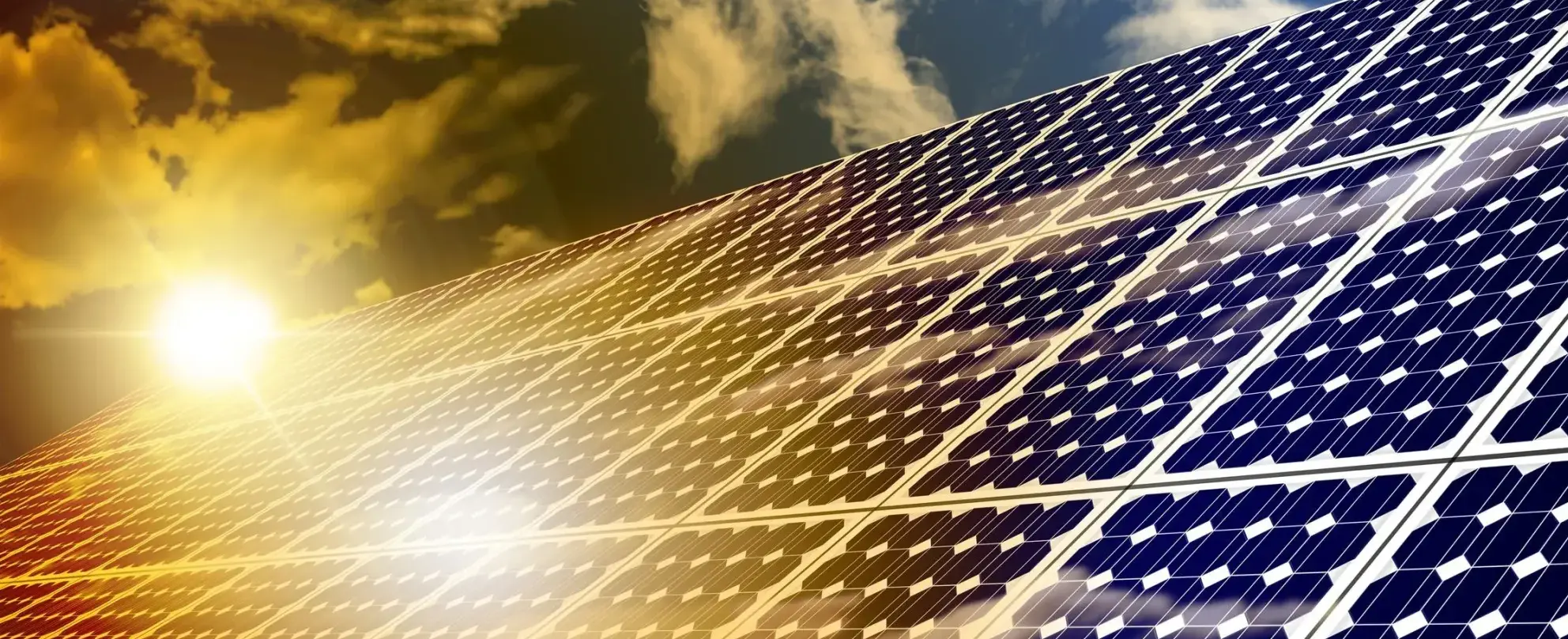

A solar power system is a setup that converts sunlight into electricity using solar panels. This electricity can be used to power homes, businesses, and other applications.
Solar panels are made of photovoltaic (PV) cells that convert sunlight into direct current (DC) electricity. An inverter then converts this DC electricity into alternating current (AC) electricity, which can be used by household appliances or fed into the electrical grid.
The main components of a solar power system include solar panels, an inverter, a mounting system, wiring, and, in some cases, a battery storage system.
Solar energy systems and its many components and equipment is now cheaper than ever in Pakistan and extremely cost-effective. Solar panels, inverters and other equipment now have reduced taxes on them, meaning now is the best time to go solar.
The different types of solar power systems include grid-tied (on-grid), off-grid, and hybrid systems. Grid-tied systems are connected to the utility grid, off-grid systems are independent of the grid, and hybrid systems combine both grid-tied and off-grid features with battery storage.
The cost of a solar power system varies depending on the size, quality, the type of structure, brand and quality of the components and location.
Solar panels generally have a lifespan of 25 to 30 years, although their efficiency may decrease slightly over time.
Factors that affect the efficiency of solar panels include the quality of the panels, the angle and orientation of installation, shading, temperature, and maintenance.
Yes, solar power systems can still generate electricity during cloudy or rainy days, but their efficiency will be reduced compared to sunny days. They work best in direct sunlight.
Net metering is a billing mechanism that allows solar power system owners to feed excess electricity back into the grid and receive credits on their utility bills, which can be used to offset future electricity use.
Maintaining a solar power system typically involves keeping the panels clean and free of debris, monitoring the system's performance, checking for any shading issues, and ensuring that all components are in good working condition.